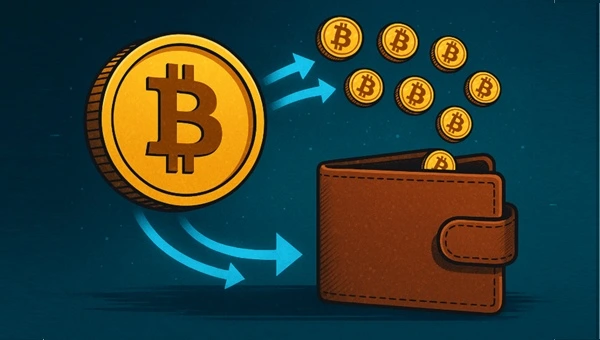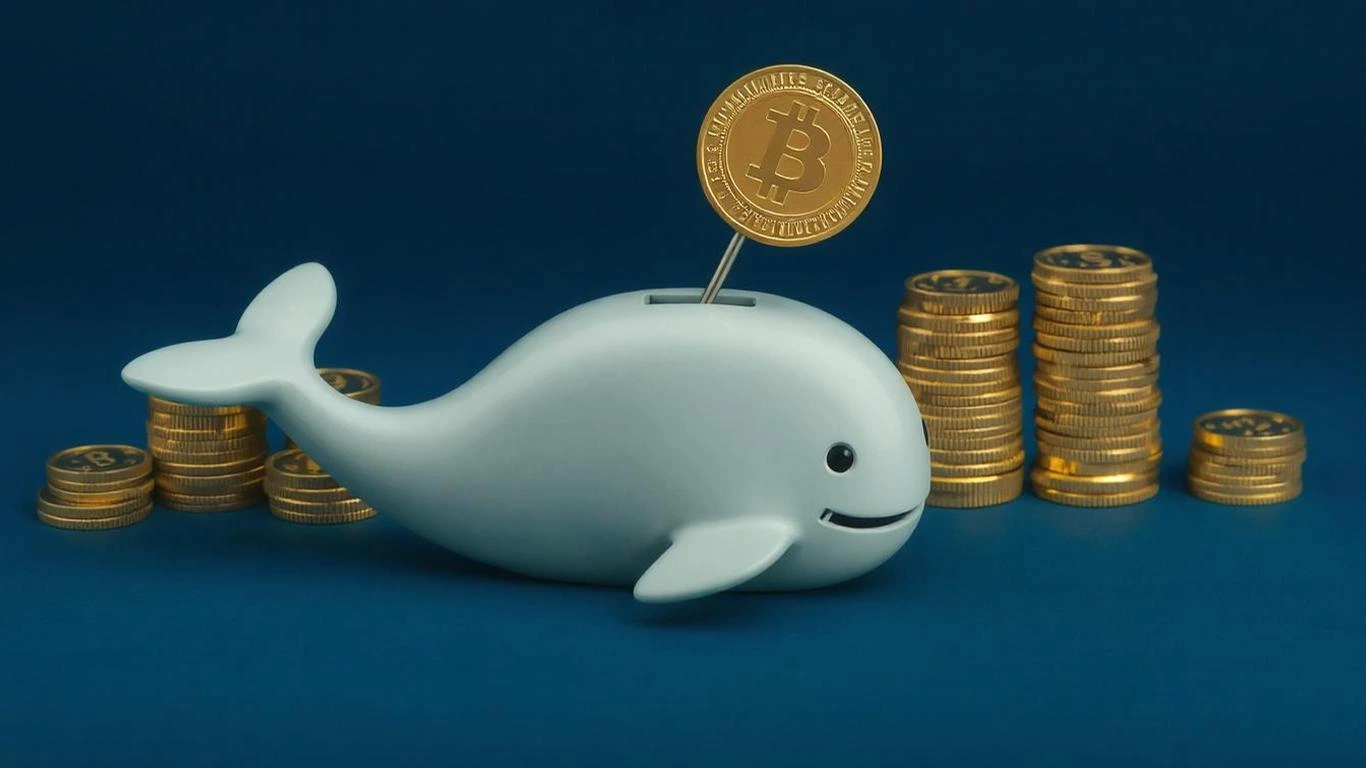

On July 5, 2025, the crypto world paused… Eight equal transfers executed within hours! The Bitcoin whale, silent for 14 years, emerged… Observers immediately ruled out panic selling. Wallets were simply consolidating funds into newer, more secure addresses.

What do We Know?
For years, crypto analysts have tracked “sleeping whales” from Bitcoin’s infancy. Some hold thousands of coins untouched since pre-2012. When one woke this week, all eyes were on the blockchain. The movement appeared deliberate.
The destination? Native SegWit (bc1q) addresses. These offer better transaction efficiency, lower fees, and enhanced security. The old addresses began with “1–” and were considered outdated.
Blockchain intelligence firm Arkham confirmed that no clues suggest these coins will hit exchanges. The new wallets have remained dormant since the shift. No signs point to an imminent dump.
Security Trumps Sell-Off
Some experts, including Ledger CTO Charles Guillemet, speculated that the move may have been prompted by OP_RETURN messages containing legal notices to the old wallets, prompting the owner to assert control.
Meanwhile, Coinbase’s Head of Product, Conor Grogan, suggested a more concerning possibility, that this could be a hack:
“If true… this would be by far the largest heist in human history.”
As no signs of exchange movement have followed, Bitedge experts generally lean toward a wallet refresh.
Why It Matters Now?
1. Evolution of Whale Behavior
These early holders aren’t known for trading quickly. Back then, crypto was fringe. That the same wallets are being maintained and secured today shows long-term strategy over short-term gain.
2. Market Resilience
Despite $8.6 billion sliding between wallets, Bitcoin prices barely budged. The asset has been trading above $100,000. Noteworthy, as such large transfers once stoked panic. Today, it barely ripples.
3. Mature On‑Chain Transparency
We can trace every Satoshi and every wallet. No cloak, no dagger. The clarity allows anyone, from analysts to enthusiasts, to spot upgrades and sell-offs. That transparency helps defuse whale-driven anxiety.
Who owns this whale? It’s anyone’s guess.
- Maybe a hobbyist miner from Bitcoin’s earliest days.
- Maybe a tech professional who ditched the hobby but kept the keys.
- Maybe a collective that lost, regained, or shuffled control.
Cryptocurrency remains global and anonymous. But the community still whispers. Could this be the legacy miner known as “ArtForz”? Or maybe someone with early access to the network protocol.
Who knows? If the nameless whale intended to stay hidden, they’re succeeding.
Comparisons from the Past
- In 2014, a similar wallet woke up, sending tens of millions worth of BTC to a cold storage vault.
- Then again in 2017. Both times, analysts concluded it was a proactive security upgrade.
- In 2023, another large-scale move triggered concerns; this one ended up being tied to estate management after a founder’s passing.
Each instance taught us to read the on-chain tea leaves. Large transfers need not mean typical sell signs.

Market Implications
- Liquidity stays intact– No coins hit the markets. Buyers aren’t on high alert.
- Security standards get a spotlight– Early adopters now prioritize modern protocols. That sends a signal: if whales care, new investors should too.
- Improved analytics– The strength of blockchain intelligence lies in spotting intent patterns. We now detect the album more subtly than before—sell, secure, or scam?
What Comes Next?
Nothing definitive, but a few signs to keep in mind:
- More whales might react– If this is part of a broader push to migrate legacy wallets, expect more large transfers.
- Watch exchanges– If volumes spike, re-evaluate. A single whale is one thing. A dumped cache signals another.
- Study address activity– If new wallets start slicing coins and spreading them around, the strategy shifts to sell mode.
Final Word
This isn’t a liquidation in disguise. It’s a security-level reset. The same Satoshis now enjoy stronger vaults. The market’s calm response suggests growing maturity. Both investors and protocols are learning from the past.
Bitcoin this week taught a lesson. Good on‑chain intelligence helps cut through the noise. Not every whale wiggling their tail means a storm. Sometimes, they’re just moving homes… And when those homes are bigger and better secured, it’s a sign the crypto ecosystem is reaching the next level of stewardship.
He has worked with several companies in the past including Economy Watch, and Milkroad. Finds writing for BitEdge highly satisfying as he gets an opportunity to share his knowledge with a broad community of gamblers.
Nationality
Kenyan
Lives In
Cape Town
University
Kenyatta University and USIU
Degree
Economics, Finance and Journalism


Facts Checked by Vlad Hategan

 Fact checked by
Fact checked by 
 eabungana@gmail.com
eabungana@gmail.com 